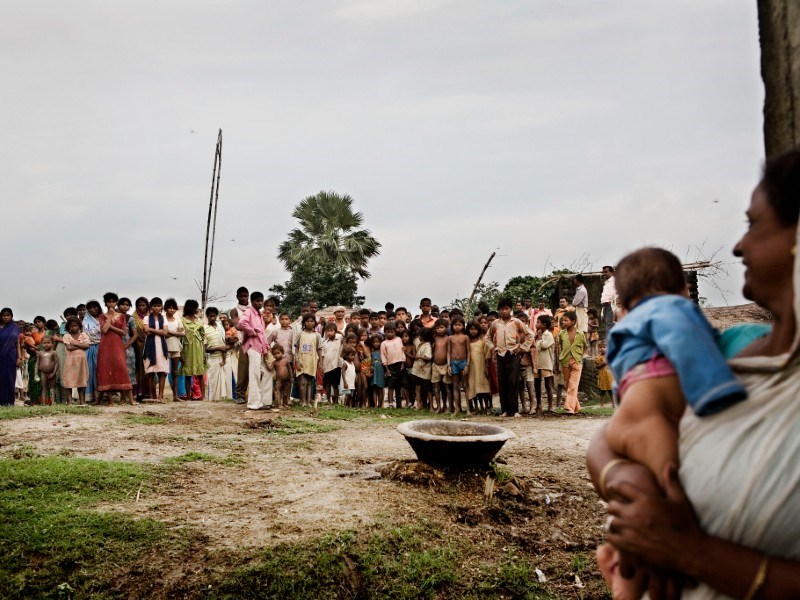Search here

13-Jun-2025 , Updated on 6/15/2025 3:35:03 AM
How Did the Caste System Evolve From Duty to Discrimination?
The caste system is one of the oldest social structures in the world, originating in ancient India. It started as a way to organize society according to people's duties and roles. Based on Vedic philosophy, it was meant to keep things running smoothly. But over time, this flexible system turned into a strict hierarchy based on birth, leading to discrimination and inequality. To get a grip on how this change happened, we need to look at its spiritual roots and the social and political shifts over time.
The roots of the caste system can be traced back to the Vedas, especially the Rigveda, which talks about the Purusha Sukta. This hymn explains how society came from a cosmic being (Purusha) and describes four groups: Brahmins (priests), Kshatriyas (warriors), Vaishyas (merchants), and Shudras (laborers). At first, these groups weren't determined by your family but by your skills and actions.
In the early days, people could move between these categories based on what they did and how well they did it. The goal was to keep society balanced by allowing everyone to contribute their part.
As time went on, especially in later Vedic times, the caste system started to become more rigid. A powerful priestly class and rulers wanted to maintain their status, leading to caste being defined by family lineage instead of personal ability. This shift was fueled by changes in society and the need for organized labor.
With this strict approach came the idea of untouchables, or those outside the main caste groups. These individuals were often assigned jobs seen as unclean, leaving them isolated from others. Today, these groups, known as Dalits, still face severe discrimination, including being barred from temples and social gatherings.
But not everyone has accepted this hierarchy. Throughout history, movements like Buddhism and Jainism emerged, challenging caste-based discrimination and advocating for equality. Leaders like Buddha brought people from all backgrounds into their communities, pushing for a more inclusive approach.
Later, during the Bhakti and Sufi movements, figures like Kabir and Ravidas pushed against the social divisions of caste, focusing on love and devotion rather than rituals. They dreamed of a society where everyone was included.
The arrival of the British added another layer of complexity. They misunderstood and simplified the caste system, trying to fit it into neat categories in their censuses. While they sometimes criticized caste, their policies ended up reinforcing rigid divisions, making it harder to push for change.
After India gained independence in 1947, caste discrimination was made illegal thanks to the Indian Constitution, which was influenced by Dr. B.R. Ambedkar, a Dalit himself. The government introduced affirmative action to support marginalized communities.
Despite these laws, discrimination against Dalits still exists, especially in rural areas, with ongoing issues like violence and unequal access to opportunities. Still, more education and awareness are creating pathways for many to break free from caste limitations.
In short, the caste system began as a way to organize society based on duties but has grown into a system that fosters inequality and oppression. While modern India has made headway in fighting caste discrimination, the influence of this system is still felt today. Understanding this history is crucial for building a fairer and more inclusive society.

Individual / Self Employee
I’m Lakshya, a passionate content writer skilled in crafting engaging, SEO-friendly articles, blogs, and web content. I focus on clarity, creativity, and delivering value across diverse topics and industries.
Join Our Newsletter
Subscribe to our newsletter to receive emails about new views posts, releases and updates.
Copyright 2010 - 2025 MindStick Software Pvt. Ltd. All Rights Reserved Privacy Policy | Terms & Conditions | Cookie Policy